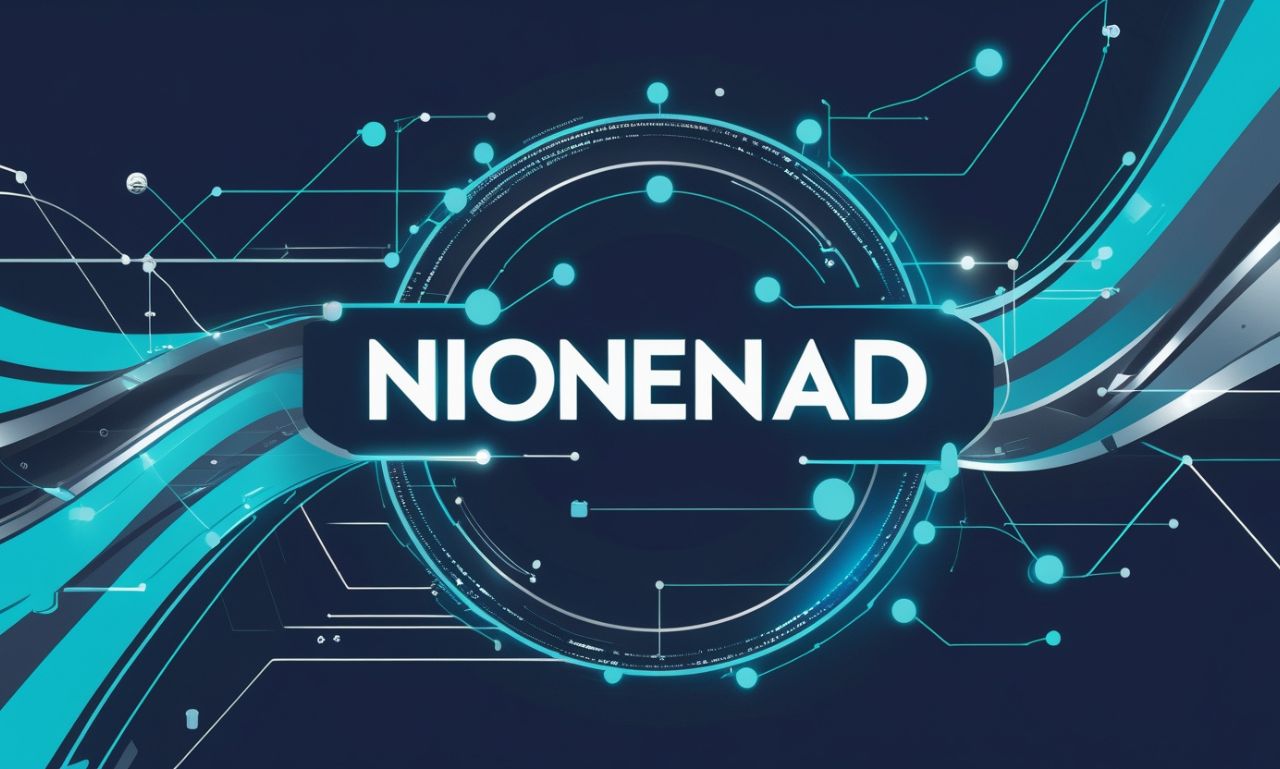Typography has always been the silent art form shaping how we consume information. From ancient manuscripts to sleek mobile apps, fonts influence readability, emotional tone, and brand perception. With digital design becoming increasingly complex, tools that simplify font selection and integration are invaluable. One such rising solution is fontlu, a platform dedicated to making typography more approachable and functional.
This article explores fontlu in depth—what it is, why it matters, its features, benefits, limitations, and how it can be leveraged in real-world projects. By the end, you’ll understand how fontlu fits into modern design workflows and why it could be a game-changer for creators of all levels.
What is Fontlu?
Fontlu is an online typography platform designed to simplify font discovery, previewing, pairing, and integration. Instead of downloading random fonts and testing them one by one, fontlu enables designers to preview text instantly in multiple typefaces, compare options side by side, and select the best fit for their project.
It blends utility and creativity, serving as a bridge between vast font libraries and practical design needs. Whether you’re a blogger, web developer, or branding specialist, fontlu provides a more intuitive way to approach typography.
Why Fontlu is Important
Enhancing creativity
Choosing a font isn’t just about aesthetics—it’s about communication. A serious, serif font can establish authority, while a playful script font conveys friendliness. Fontlu helps creators explore different moods quickly, inspiring more creative design decisions.
Saving valuable time
Traditionally, finding the right typeface involved downloading dozens of fonts, installing them, and testing them manually. With fontlu, this process becomes streamlined, reducing hours of trial and error to minutes of exploration.
Strengthening brand identity
Consistency in typography helps brands build recognition. Fontlu supports this by enabling users to test fonts across multiple formats, ensuring they align with a company’s tone and message.
Key Features of Fontlu
Rich font library
Fontlu offers access to a wide variety of fonts—serif, sans-serif, script, display, and handwritten styles—ensuring flexibility for all kinds of projects.
Live preview and comparison
One of fontlu’s standout features is its live preview tool. Users can type in custom text and instantly see how it appears in multiple fonts, making comparisons straightforward.
Smart filtering system
Fonts can be sorted by style, weight, or mood. This filtering feature is especially useful when you’re trying to capture a specific brand personality.
Font pairing suggestions
Pairing fonts for headers, subheadings, and body text can be tricky. Fontlu provides pairing recommendations that ensure harmony while maintaining contrast.
Integration and export options
After selecting a font, users can download files in various formats (OTF, TTF, WOFF) or integrate them directly into web and design tools.
User collections and favorites
Fontlu allows designers to create curated collections of favorite fonts, making it easier to reuse them across multiple projects.
How Fontlu Works
The typical workflow with fontlu follows these steps:
-
Browse fonts – Start with featured or trending fonts.
-
Preview with custom text – Enter a phrase or brand name for realistic testing.
-
Compare side by side – Select multiple fonts for direct comparison.
-
Check pairings – Explore suggested combinations for cohesive design.
-
Download or integrate – Export in a chosen format or embed directly into a project.
-
Save for later – Build a personal collection for ongoing use.
This intuitive process ensures that both beginners and professionals can navigate typography with ease.
Benefits of Using Fontlu
-
Efficiency: Cuts down the trial-and-error phase.
-
Professional results: Helps ensure fonts match brand tone.
-
Accessibility: Easy for beginners without deep design knowledge.
-
Customization: Offers pairing and preview tools for refined results.
-
Consistency: Encourages reusing a curated set of fonts across projects.
Challenges of Fontlu
Like any tool, fontlu has limitations:
-
Some fonts may only be available for personal use, requiring license checks.
-
Its library may not be as large as massive repositories like Google Fonts.
-
Performance can lag when previewing too many fonts at once.
-
Suggestions for pairings, while helpful, may not always fit every project.
Best Practices for Using Fontlu
-
Always preview with actual content, not placeholder text.
-
Limit projects to two or three fonts for cohesion.
-
Balance style with readability—fancy fonts may not work well for long texts.
-
Consider screen sizes; test fonts across devices.
-
Keep track of font licensing before using in commercial work.
Getting Started with Fontlu
For beginners, the easiest way to start is to:
-
Explore free fonts first.
-
Test custom text for accurate previews.
-
Save your top choices into a personal collection.
-
Experiment with pairing recommendations.
-
Gradually expand into premium fonts once confident.
Typography Basics to Support Fontlu Use
Understanding a few core principles can help maximize results with fontlu:
-
Hierarchy: Use size and weight to guide the reader’s eye.
-
Contrast: Pair fonts with distinct differences, like a serif for headings and a sans-serif for body text.
-
Consistency: Stick with the same font set across your materials.
-
Readability: Ensure fonts remain legible, especially at smaller sizes.
Real-World Uses of Fontlu
-
Bloggers selecting attractive fonts for posts and headers.
-
Businesses defining typography in branding and marketing materials.
-
Web developers integrating web fonts into sites.
-
Agencies streamlining font choices across projects.
-
Educators creating presentations with professional typography.
Limitations to Watch Out For
While fontlu is powerful, users should be mindful of:
-
Font licenses—always verify usage rights.
-
Web performance when using multiple custom fonts.
-
Over-reliance on automated pairings instead of human judgment.
The Future of Fontlu
The platform has room to grow. Possible future developments may include:
-
AI-powered font recommendations based on brand identity.
-
Support for variable fonts that adjust weight dynamically.
-
Collaboration features for teams to manage typography together.
-
Trend analysis to show what fonts are gaining popularity.
-
Faster performance optimization for smoother previews.
Conclusion
Typography shapes how people perceive brands, websites, and communication.Design font library offers a modern solution to a long-standing challenge: finding and pairing the right fonts quickly and effectively.
By combining live previews, smart filtering, pairing recommendations, and easy integration, fontlu empowers both beginners and professionals to elevate their designs. While it has limitations, its benefits far outweigh them, making fontlu a promising tool in the evolving world of digital typography.











